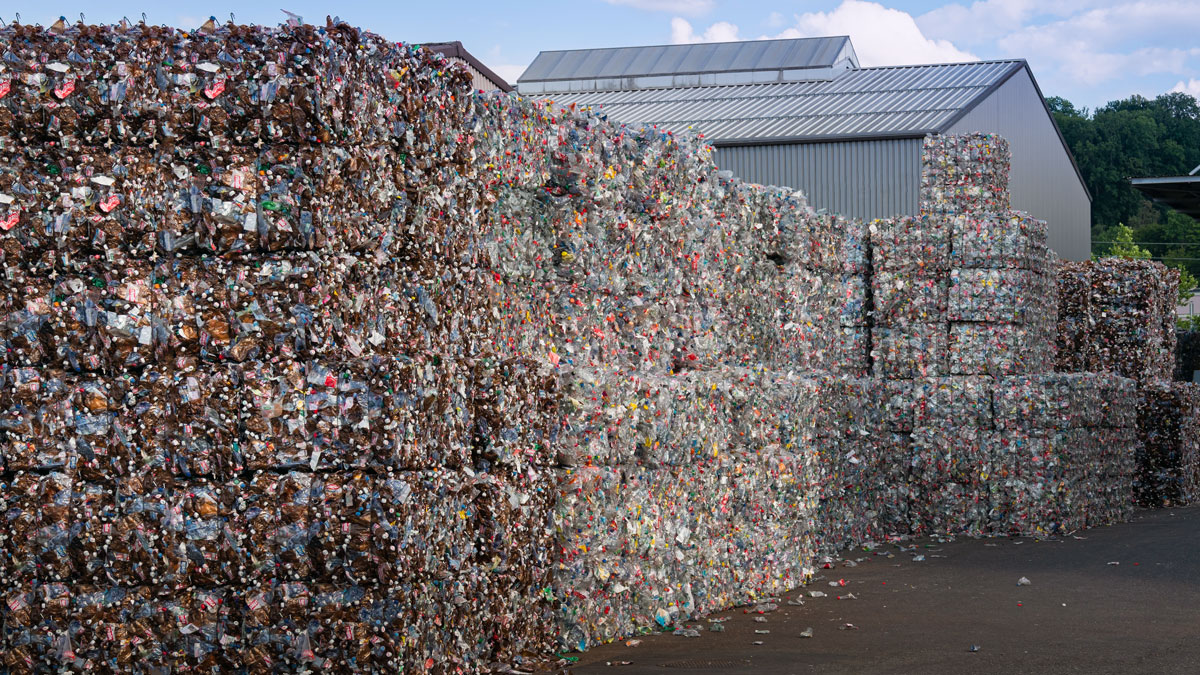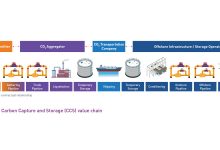A Costly Joke: Global Waste Recycling
According to an analysis by balkangreenenergynews.com, approximately 46% of global waste is eliminated in an unsustainable manner, ending up either in landfills, where they are burned, or in water. To stimulate the recycling rate growth globally, education, strong regulations and legislation are needed, as well as concrete actions in the fight against this growing environmental crisis, according to Global Recycling Foundation, one of the numerous organizations that are dealing with this issue.
2.1 billion tons of solid waste are generated around the globe yearly, but only 16% of this quantity ends up being recycled. According to official estimates, by 2050, the amount of solid waste will reach up to 3.4 billion tons per year, exceeding by far the recycling pace. Recycled materials, also named the seventh resource, save over 700 million tons of CO2 emissions every year, and the volume is estimated to grow to one billion tons by 2030.
Some data about recycling
- Over 50% of aluminium cans are reused, which makes them the most recycled item in the world. It is likely to recycle and return aluminium to the store shelf, like new, in just 60 days. The process requires only 5% of the energy used for metal manufacturing.
- It is possible to continuously recycle glass and aluminium without losing their properties or changing their quality. However, every year, over 28 billion glass bottles and jars end up in landfills.
- A small percentage of plastics is recycled. Over 380 million metric tons of plastic are produced annually around the world. Approximately 91% are never recycled – they are turned into unusable waste, while some of them end up in streams, seas, and oceans. It is estimated that around five grams of microplastics enter the human body every week, the equivalent of a credit card.
- Plastics recycling requires by 88% less energy than the production of raw materials.
- Almost two thirds of tropical forests of the world have been destroyed or damaged, but deforestation continues. Trees are cut for paper and pulp to make cardboard packaging or building materials or are just burned to make way for profitable crops. Recycling can partially slow down this trend until other solutions are reached. Each ton of recycled paper saves 17 trees.
Targets set by the EU
The European Union has set extremely ambitious recycling targets. They include recycling at least 55% of municipal waste by 2025, a target that will gradually grow to 60% by 2030 and 65% by 2035. Another important target is recycling 65% of the waste coming from packaging by 2025 and 70% by 2030.
Although waste management in the EU has improved significantly over the last decades, over a quarter of the municipal waste is still stored and less than half is recycled or used to fertilize the land, with big differences between the Member States.
In the case of plastics, by 2025 the European Commission wants 50% of them to be recycled, the percentage following to reach 55% in 2030, and in the case of wood 25% of the packaging will be recycled by 2025 and 30% by 2030.
Regarding the ferrous metals, 70% of the packaging will be recycled by 2025 and 80% by 2030, and in the case of aluminium 50% of the packaging will be recycled by 2025 and 60% by 2030.
Regarding glass, 70% of the packaging will be recycled by 2025 and 75% by 2030, and for paper and cardboard 75% of the packaging will be recycled by 2025 and 85% by 2030.
How does recycling look like in Romania
At national level, Romania is not doing well in terms of waste recycling, and for this reason the European Commission has opened several infringement proceedings against the country, after for years it has warned Romania to resolve this issue according to the Community standards assumed at the time of integration in the EU.
Currently, there are counties where the waste management systems are operational, in the sense that a selective collection is practiced, there are sorting and storage stations for some of the waste selected by communities, but there are also counties where the indifference of local communities has postponed the implementation of an efficient waste management system.
A big problem faced by local authorities is that of large waste, such as dead animals, household appliances, construction waste etc. Environment Minister Tanczos Barna promises however that this problem will be resolved, and a national logistic basis will be implemented by 2026, which will later be operated by regional operators. The money for building the regional infrastructure will come through the National Recovery and Resilience Plan, the provided amount being EUR 200 million.
Waste storage, the eternal problem
With the EU accession, in 2007, Romania has assumed closing the 68 non-compliant landfills. Faced with the indolence of the environmental authorities in Bucharest, which did nothing to solve the problem, the European Commission sued the Romanian state in the Court of Justice of the European Union (CJEU) which found in October 2018 the failure to comply with the obligations imposed by the Landfill Directive (Directive 1999/31/EC), which provided for the closure by July 2009 of all landfills that had not obtained environmental permit, which did not happen.
CJEU decision forces Romania to immediately close these landfills, but this did not happen, so in November 2021 Romania was again scolded, being sent to trial at the CJEU.
A new verdict is now expected, which this time could mean imposing a fine in the form of a lump sum of at least EUR 1,643,000 or penalties between EUR 1,985 and EUR 119,125 per day of delay until the obligations are met.
Currently, of the 68 non-compliant landfills, only 26 have been closed, but the even worse problem is that in the place of closed ones, others have emerged.







